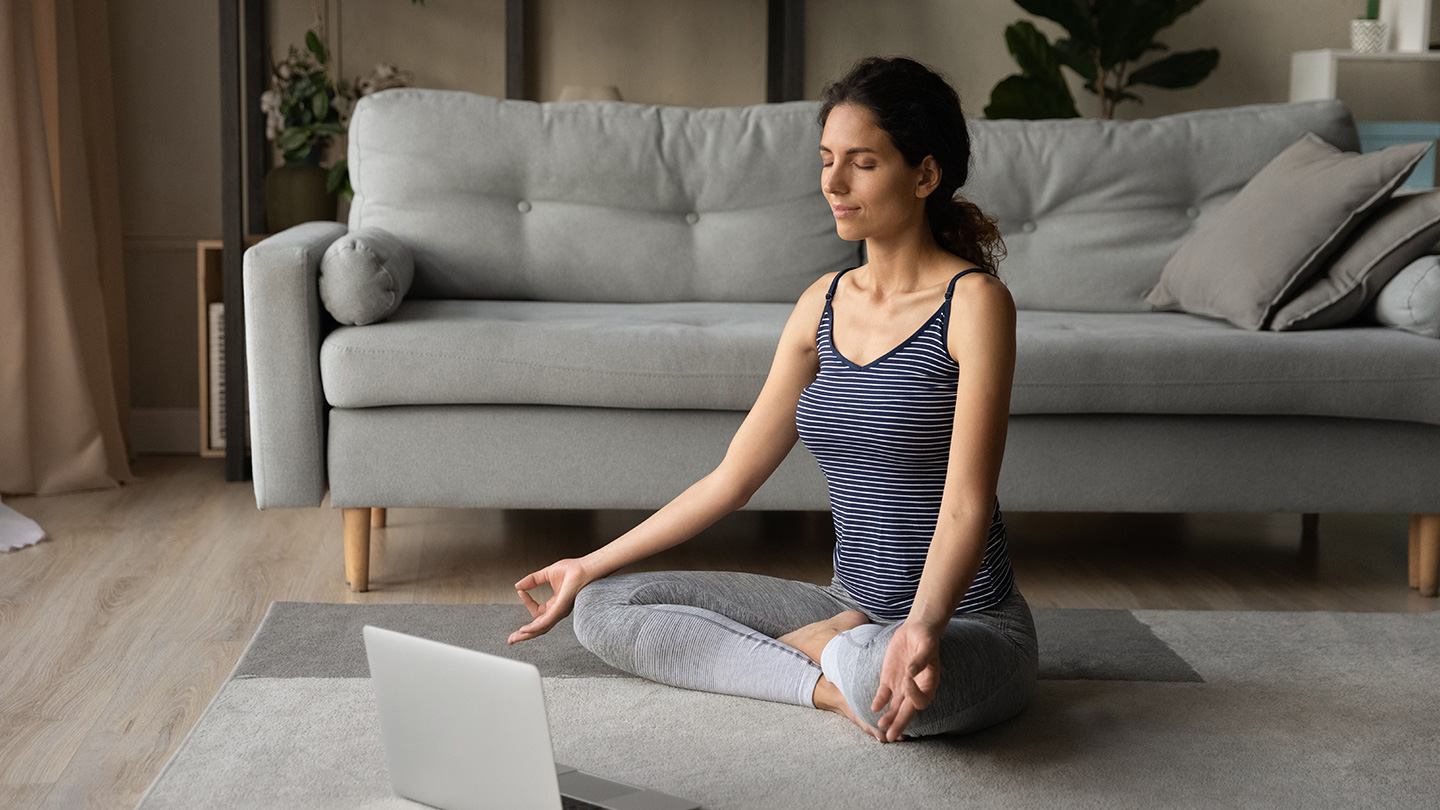Miscellaneous
How Ahimsa Brings Calm into Daily Life
Non-violence isn’t just about avoiding harm; it’s a way of speaking, acting, and even thinking that lowers stress, strengthens relationships, and makes everyday life lighter.
.jpg)
When we hear the word Ahimsa, most of us picture Gandhi or ancient Indian philosophy. But Ahimsa isn’t limited to history books or spiritual circles. It’s a principle that can shape the way we handle small, ordinary moments: how we respond when a colleague misses a deadline, how we talk to a child who’s running late, or even how we speak to ourselves after making a mistake.
At its heart, Ahimsa is the choice to avoid harm; not only physical harm, but also the subtle cuts of harsh words, criticism, or indifference. And the fascinating part? Living with this mindset doesn’t just benefit others; it also benefits the individual. It directly reduces our own stress and improves our mental health.
Related story: Are You Handling Anger The Right Way
Why Non-Violence Helps Us Breathe Easier
Science backs up what ancient wisdom has long suggested: compassion and kindness are powerful antidotes to stress.
- Hormones of calm: Doing something kind, offering help, and listening without judgment trigger the release of oxytocin and endorphins, which help reduce the grip of cortisol, the body’s primary stress hormone (Harvard Health, 2019).
- Compassion practices ease anxiety: A review of compassion-based therapies found consistent improvements in mood and reductions in anxiety and depression symptoms (Clinical Psychology Review, 2024).
- Relationships as a safety net: Strong, supportive connections serve as a buffer against the effects of stress. Practising non-violence builds the kind of trust that makes relationships more resilient (Journal of Health and Social Behaviour, 2010).
- Expanding perspective: Positive emotions generated by kindness don’t just feel good in the moment—they broaden our thinking and help us see more creative solutions to problems (American Psychologist, 2004).
Related story: The Ayurveda Truth: Anger Is the Silent Killer of Your Liver
Where Ahimsa Shows Up in Daily Life
You don’t need a meditation cushion to practise non-violence. It’s about the micro-decisions you make during the day. At home, instead of raising your voice during a rushed morning, try acknowledging the stress: “I know it’s hectic right now, let’s figure this out together.” Research on Nonviolent Communication has shown that this approach reduces anxiety and improves coping strategies (International Journal of Indian Psychology, 2018).
At work, try shifting from blame to dialogue: “I feel under pressure because of the delay,” instead of “You never finish on time,” which prevents conflicts from spiralling. When speaking to yourself, practice self-compassion and self-acceptance. Letting go of self-blame and replacing it with self-forgiveness can lower emotional burden and reduce stress (Verywell Mind, 2023).
Related story: How To Stress Less, Live Long and Be Healthy
What You Gain by Choosing Non-Violence
Research across psychology, health, and neuroscience consistently highlights the benefits of compassion and kindness:
- Reduced anxiety and depressive symptoms (Clinical Psychology Review, 2024)
- Greater life satisfaction and confidence (Frontiers in Psychology, 2021)
- Improved cardiovascular health and lower blood pressure (Cape Cod Government, 2023)
- Healthier approaches to conflict at work and home
In other words, choosing kindness and compassion isn’t only morally admirable, it’s physiologically smart.
Related story: How Kindness Can Improve Health
Simple Ways to Practise Ahimsa Every Day
1. Pause before reacting. Even a five-second breath can stop an argument from escalating.
2. Use softer language. Frame your concerns with “I feel” instead of “You always.”
3. Make kindness a routine. Hold a door, thank someone sincerely, or check in on a friend.
4. Listen actively. Reflecting someone’s words back lowers defensiveness.
5. Be firm without aggression. Setting boundaries calmly is a key aspect of non-violence.
6. Build compassion habits. Short daily practices, such as gratitude journaling or loving-kindness meditation, gradually change your emotional baseline.
Related story: 4 Transformative Powers of Loving-Kindness Meditation
Stress has become an accepted part of modern life, but it doesn’t have to dominate us. Ahimsa provides us with practical tools to lower tension, not by avoiding conflict, but by reshaping our approach to it.
When you choose non-violence in a heated conversation, you conserve energy. When you practise kindness toward yourself, you reduce the cycle of self-criticism that fuels anxiety. And when you show compassion to others, you strengthen the very social fabric that helps us endure life’s pressures.
Related story: Kindness Is Love in Action; And It Makes You Happier, Too
Mindfulness 101:Bring calm into your day with these daily tips. Sign up here.
EXPLORE MORE
Discover how animal chronotypes influence your psychology, energy cycles, and the quality of your sleep.
Hormones, brain load and sleep sensitivity all point to one truth: most women genuinely benefit from a little extra rest.
The UR.Life X Heartfulness program blends ancient wisdom with modern tools for stress management and emotional resilience.
Deadlines colliding with decorations? Here’s how to keep your focus and still enjoy the festivities.




.jpg)


